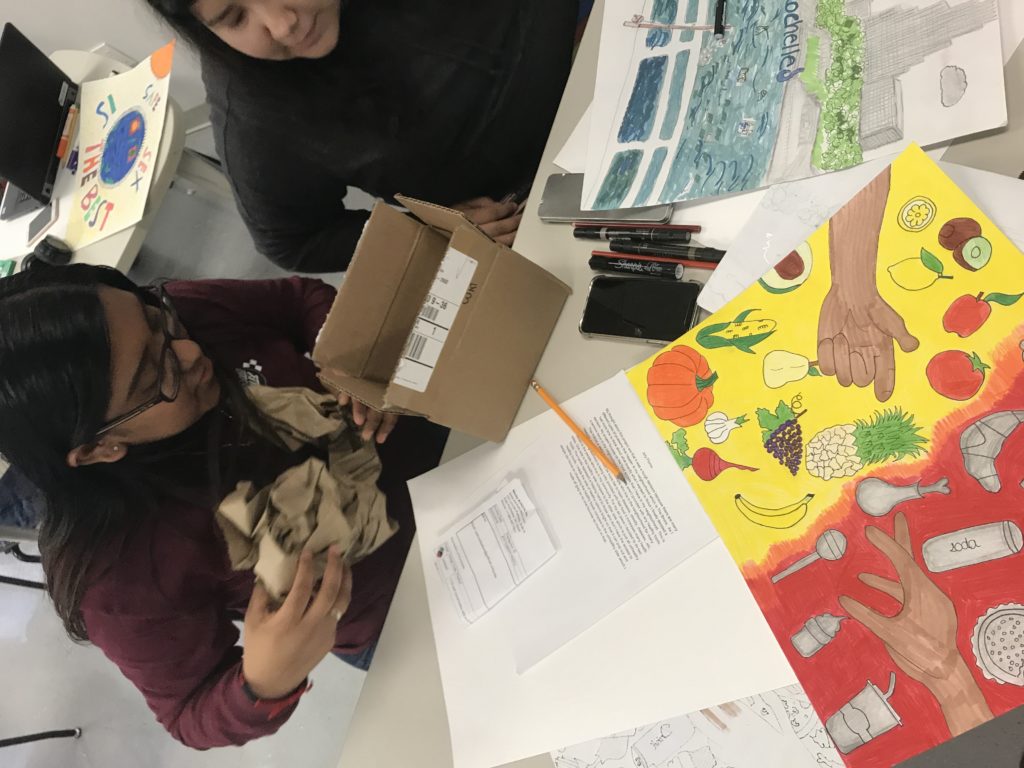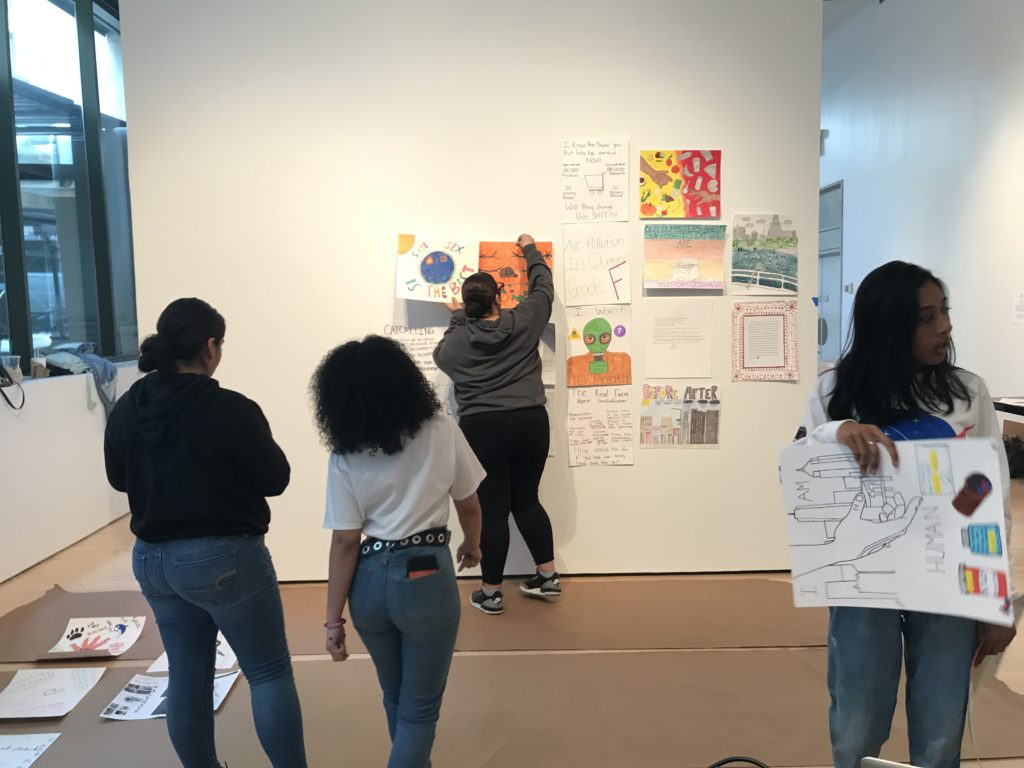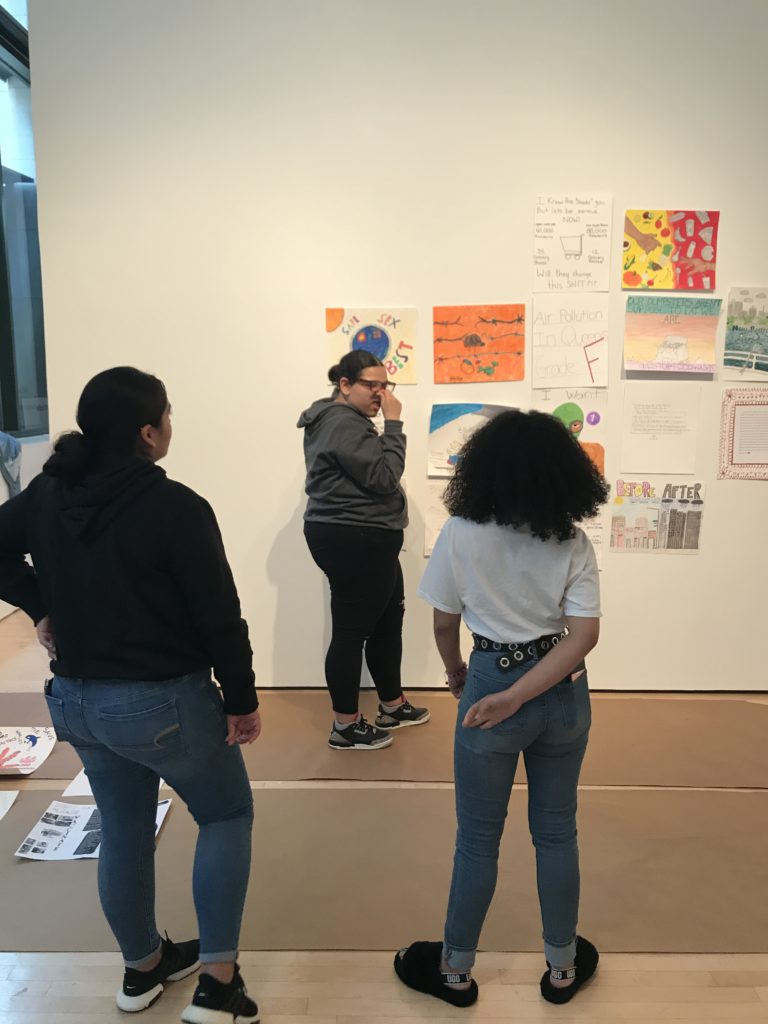Faculty Instructor: Kristina Baines
Artist: Vaimoana (Moana) Niumeitolu
UBST 2014, Urban Studies Special Topics
Guttman Community College
About the event
Environmental degradation and harm are among the most formidable challenges facing humanity in the 21st century. Students will critically engage classical, modern, and contemporary discourses on the relationship of humans to the natural environment. This class will evaluate a range of philosophic, economic, and scientific perspectives on environmental sustainability, giving attention to the environmental challenges specific to New York City.
In this course, we will critically evaluate our relationship to the environment and discuss our role as individuals, community members and scholars in interacting with the natural world. Through the study of a wide range of materials, we will exchange perspectives on thoughts and practices around environmental challenges on every level: global, community and individual. The course includes a survey of major theories including biocentric individualism, holism, ecofeminism, and indigenous ethics and a comparison between differing ways to evaluate environmental ethical judgments including environmental justice, cost-benefit analysis, the logic of scarcity, risk-assessment of novel technology, and the virtue of simplicity as well as applications to contemporary issues, such as global climate change, pollution, wilderness preservation, food justice and urban growth and technology.
As part of the Pressing Public Issues project, students will work with artist and activist, Vaimoana Niumeitolu to create original written and visual pieces based on issues raised by these environmental relationships for presentation in public spaces in their communities.
Reflection:
The Pressing Public Issues Project gave an opportunity for collaboration on multiple fronts: with other CUNY professors, with artists, with the folks from the James Gallery and the Teaching and Learning Center and the Center for the Humanities and, most importantly, with our students. These collaborations inspired new ways of thinking and supported the implementation of these ideas.
While we faced challenges with the cancellation of the class in which the project was set to be implemented, we were able to adjust and focus on environmental activism with the posters and zines working well in this context. Students learned about the origins of the environmental movement and were able to contribute as artists and activists. Their work will be archived at the Interference Archive, where they went to research on a field trip.
Most importantly, students were overwhelmingly positive about their experiences. Many wrote that they found the assignment challenging because they had little experience with art, however they welcomed the opportunity to really engage with issues in their community and feel like they were making a small contribution through their creation and distribution of their posters and the class zines. Many students wrote that they welcomed a break from just writing a final essay, even though that might have been easier. Many students also expressed that they felt excited to have their work in a gallery and were surprised at how the process of curating a show was so detailed and well thought out.
Download and print a copy of our collaborative ZINE here.








































